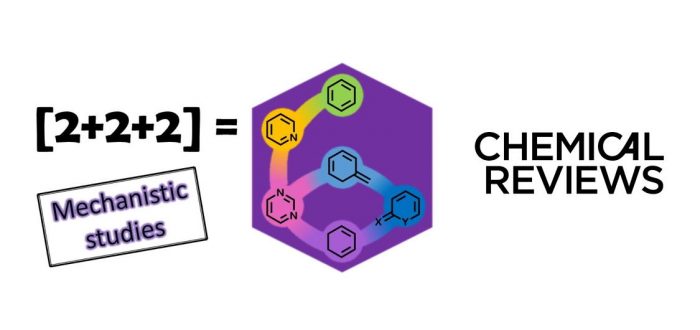The development of catalytic methodologies involving the formation of C-C bonds to enable the generation of cyclic systems constitutes a field of great relevance in synthetic organic chemistry. One paradigmatic process to accomplish this goal efficiently is the transition-metal catalyzed [2+2+2] cycloaddition reaction since it permits the formation of a wide range of highly functionalized six-membered carbo- and heterocyclic molecules in a single step with high efficiency and perfect atom economy. A key feature of these transformations is the mechanistic pathway that they follow, since a deep knowledge of this mechanism may enable us to understand and improve the efficiency of the reaction. This review covers the mechanistic aspects, studied both from theoretical and experimental points of view, of the transition metal-catalyzed [2+2+2] cycloaddition reaction involving all kinds of unsaturated substrates with metals such as Co, Ni, Ru, Rh, Ir, Pd, Zr, Ti, Ta, and Nb. A thorough overview is undertaken, from the seminal studies until the present day, of the key mechanistic aspects that influence the reactivity and selectivity of the reaction, comparing the involvement of different unsaturated substrates as well as the different transition metals used.
The review was recently published in Chemical Reviews:
A. Roglans, A. Pla-Quintana, and M. Solà
“Mechanistic Studies of Transition-Metal-Catalyzed [2 + 2 + 2] Cycloaddition Reactions”
Chem. Rev. 2020, [], ASAP-
DOI: 10.1021/acs.chemrev.0c00062
Girona, August 4, 2020
For more information: gestor.iqcc@gmail.com

